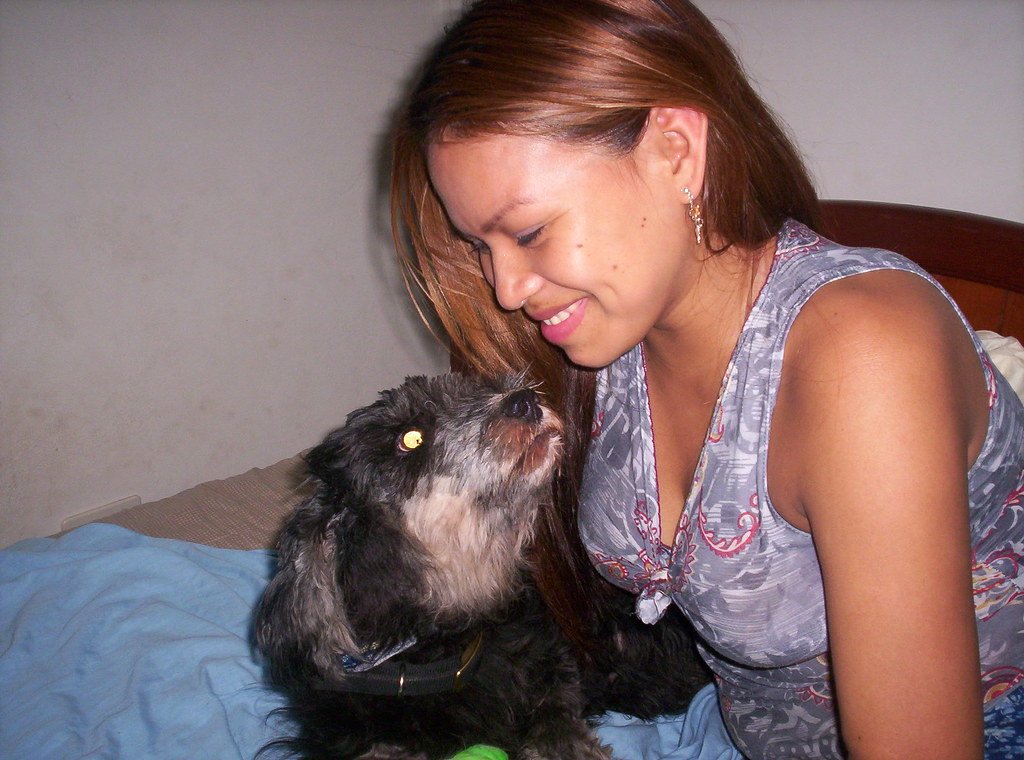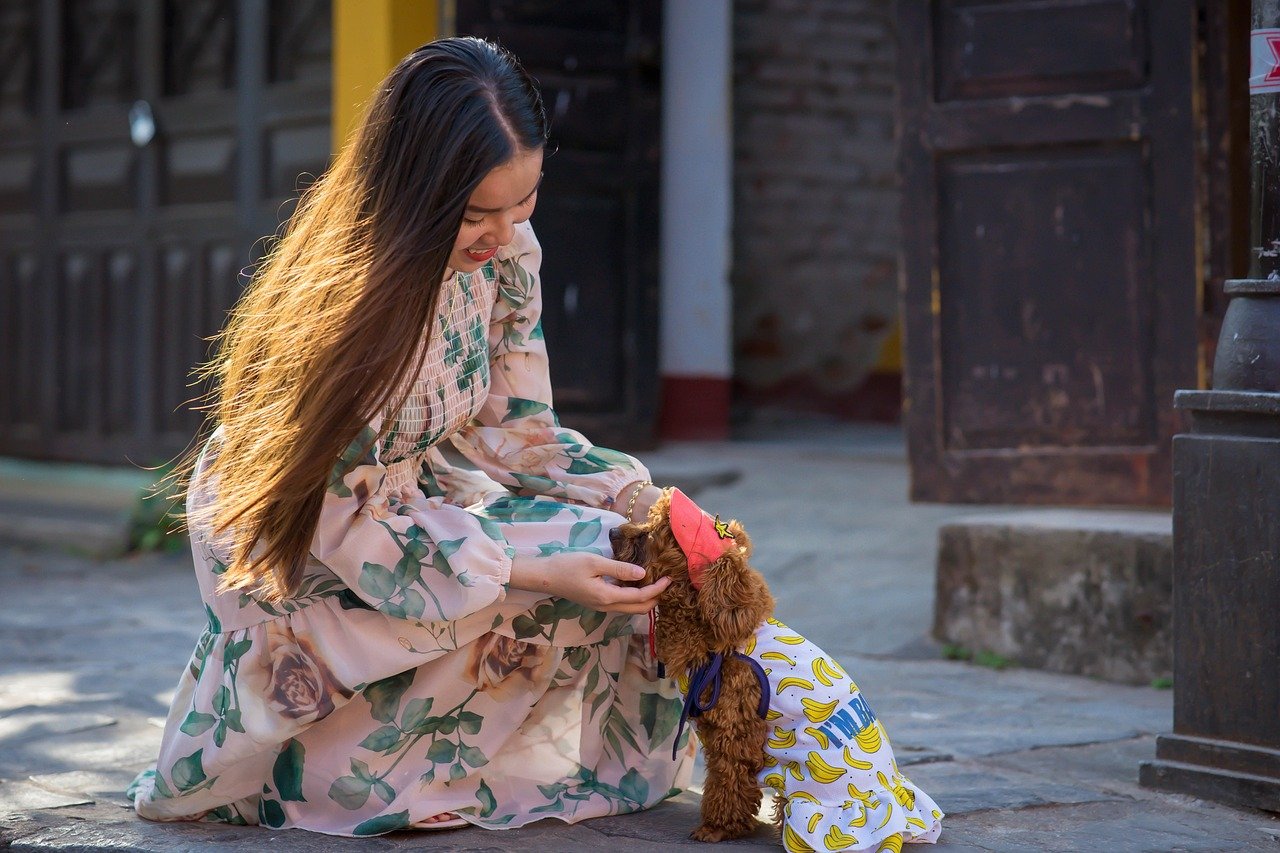Have you ever looked into your dog’s eyes and felt an unspoken connection so deep it almost melted your heart? It turns out, science is finally catching up to what dog lovers have always known: the bond we share with our furry companions is not just real, but it actually mirrors the powerful feedback loops seen between mothers and their babies. Recent studies have uncovered that the give-and-take between humans and dogs goes far beyond treats and tail wags—it’s a dynamic, emotional duet that shapes both our lives and theirs in the most profound ways.
The Science Behind the Bond: What Are Positive Feedback Loops?
Positive feedback loops are like emotional ping-pong matches, where one good feeling bounces off another, growing stronger with every exchange. In mothers and infants, these loops are driven by hormones like oxytocin—the famous “love hormone”—which soars when mom and baby gaze at each other or share a gentle touch. Astonishingly, recent research shows that a similar loop sparks between humans and dogs. When you lock eyes with your pup, or share a cuddle, oxytocin levels rise in both of you, deepening attachment. This isn’t just a “feel-good moment”—it’s biology at work, knitting you closer with every loving interaction.
These positive loops do more than just boost your mood for a moment. Over time, they build trust, reduce anxiety, and even support better health for both human and dog. It’s like your relationship is a garden—every bit of affection you share is a seed, nurturing a stronger, more resilient bond. Scientists have measured these effects using saliva samples, proving that love really can be tracked, drop by drop.
Eye Contact: The Window to Connection
Have you noticed how your dog sometimes just stares at you, soft-eyed and calm, as if they’re reading your mind? That gaze is much more than curiosity. Research reveals that when you and your dog share eye contact, it triggers the same oxytocin surge that strengthens the bond between mothers and infants. Think of these moments as silent conversations—your dog is saying, “I trust you,” and your heart responds in kind.
This isn’t just sentimental fluff; it’s a practical tool for building trust. Dogs who regularly share gentle eye contact with their humans tend to be more relaxed, attentive, and responsive. If you want to deepen your relationship, try sitting quietly and letting your dog look at you. You might be surprised how comforting and connecting it feels—for both of you.
Touch and Affection: More Than Just Petting
Petting your dog isn’t just a way to pass the time—it’s a powerful form of communication. Soft strokes along your dog’s back or gentle ear rubs are like saying, “You’re safe, you’re loved.” These touches trigger the release of oxytocin and lower stress hormones, calming both you and your four-legged friend. It’s the same soothing effect seen when mothers hold their babies close.
What’s even more fascinating is that dogs often seek out this contact when they’re anxious or uncertain, much like a child reaching for a parent’s hand. Next time your dog leans against you or nudges your arm for a scratch, know that it’s not just a craving for attention—it’s a biological need for comfort and security. These small acts of affection set off a chain reaction of trust and contentment that lasts longer than you might think.
Vocal Cues: The Soundtrack of Mutual Understanding
The way you talk to your dog matters more than you might realize. Warm, gentle tones mimic the way mothers and infants communicate, soothing nerves and reinforcing connection. Studies have shown that dogs respond best to higher-pitched, sing-song voices—think “baby talk”—which can make training easier and stressful moments less scary.
But it’s not just about what you say—it’s how you say it. Your dog picks up on your mood through your voice. Happy, calm voices create a safe space, while harsh tones can make your dog anxious. Next time you’re chatting with your pup, remember that every word, every coo, adds another thread to the strong, invisible rope tying your hearts together.
Routine and Predictability: Building Safe Worlds
Dogs, like children, thrive on routine. Knowing what to expect eases anxiety and builds confidence. When you feed your dog, walk them at regular times, and keep play routines consistent, you’re doing more than just managing your day—you’re showing your dog the world is a safe, predictable place.
This stability creates a positive feedback loop. Calm, secure dogs are more likely to behave well, which makes life smoother for you—and in turn, encourages you to keep up those good routines. It’s a win-win, and it all starts with small, daily acts of care that say, “I’ve got you. You’re part of my family.”
Reading Each Other: Behavior Cues and Emotional Mirroring
Dogs are masters at reading our body language, just as babies look to their mothers for cues. When you smile, your dog often relaxes. If you’re tense, your dog may become anxious, too. This emotional mirroring is part of the feedback loop that keeps your relationship tuned in, moment by moment.
Learning to read your dog’s cues—tail position, ear movement, posture—helps you respond to their needs more intuitively. For example, a wagging tail held low might signal uncertainty, while relaxed ears and a gentle gaze show comfort. Being attuned to these signals means you can comfort your dog when they’re uneasy and celebrate with them when they’re happy, reinforcing that vital trust.
Playtime: The Joyful Heartbeat of Connection
Play is not just fun—it’s a language all its own. When you play fetch, tug, or even invent silly games together, you’re engaging in the same kind of joyful interaction that mothers and infants use to learn and bond. These moments spark laughter, chase away stress, and deepen your mutual understanding.
Play also builds resilience. Dogs who play regularly with their humans are better at coping with new situations and less likely to develop behavioral problems. It’s like building emotional muscles—every game is a workout for trust and happiness. Set aside time each day to play, no matter how busy life gets. Your dog will thank you with wags, wiggles, and a heart full of love.
Comfort During Stress: The Healing Power of Presence
When life gets bumpy, your dog often feels it, too. Loud noises, changes at home, or even your own stress can throw your pup off balance. But here’s the magic: just as a baby calms when held by a parent, dogs relax when they’re near their trusted human.
If your dog trembles during a storm or hides when strangers visit, your calm voice and gentle touch act like a security blanket. Cuddle them, speak softly, and offer reassurance. This builds their confidence over time, teaching them that no matter what, you’re there to protect them—just like a loving parent would.
Health Benefits: A Two-Way Street

The positive feedback loop between you and your dog isn’t just about feelings—it has real health benefits, too. Studies show that dog owners often have lower blood pressure, less stress, and even stronger immune systems. And dogs who feel secure and loved tend to live longer, healthier lives.
This symbiotic relationship means caring for your dog doesn’t just help them—it helps you, too. Every walk you take, every cuddle on the couch, strengthens both your bodies and your minds. It’s a gentle reminder that love is medicine, and the best prescription is time spent together.
Prevention Tips: Nurturing the Bond Every Day

Maintaining a strong, healthy feedback loop with your dog isn’t complicated, but it does take intention. Make eye contact, use gentle voices, and prioritize daily routines. Watch for signs of stress—like pacing, whining, or withdrawal—and respond with calm presence and affection.
Remember that every dog is unique. Some crave lots of touch, while others prefer quiet companionship. The key is to tune in, notice what makes your dog happiest, and do more of it. Small efforts, repeated daily, create a foundation of trust that can weather any storm. And don’t forget—when you take care of your dog’s emotional needs, they take care of yours, too.
Real-World Examples: Everyday Miracles
Ask any dog lover, and you’ll hear stories that sound almost magical. There’s the pup who senses when their owner is sad and curls up close, or the rescue dog who flourishes with routine and affection. In my own life, my nervous rescue, Daisy, transformed from a trembling shadow to a joyful, goofy companion—all because we built our own feedback loop of trust and love, one day at a time.
These moments aren’t rare—they’re happening in homes everywhere. Each one is a testament to the power of connection, proving that what science has discovered, dog lovers have always felt in their hearts: the bond between human and dog is nothing short of extraordinary.

Esther is from India; the heartbeat of South Asia, holding a Master’s degree in Zoology and a postgraduate diploma in Animal Welfare. Her enthusiasm for animal welfare drives her passion and dedication to working for animals, ensuring their well-being, and advocating for their rights. With a solid academic background and hands-on experience, she is committed to making a positive impact in the field of animal welfare. In her free time, she enjoys embroidery and sewing. As a Chennaite from Tamil Nadu, Esther loves Bharathanatyam, an Indian classical dance form.






